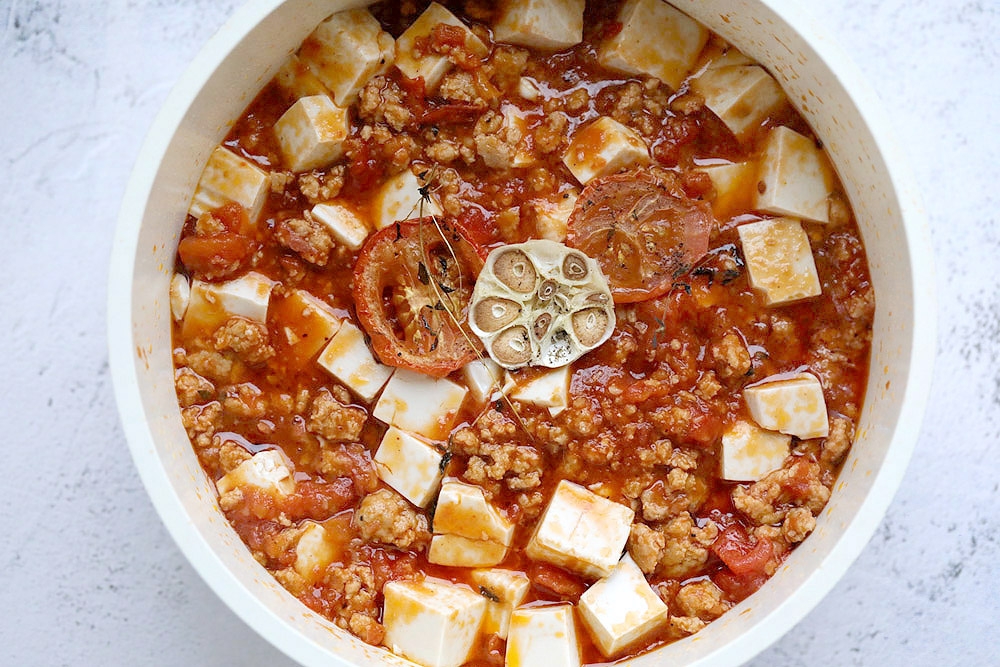
KUALA LUMPUR, July 19 — Fusion cuisine often gets a bad rep, particularly when the mash-up terrifies rather than thrills one’s taste buds.
Then there are those recipes that come about in an easy burst of inspiration, often drawn from whatever ingredients we have lying around in our fridge or pantry.
In this particular case, I had a nearly empty tub of gochujang in the fridge. Some ripe tomatoes that needed to be used up, plus some bulbs of garlic that were past their best.
Waste not, want not, as they say.
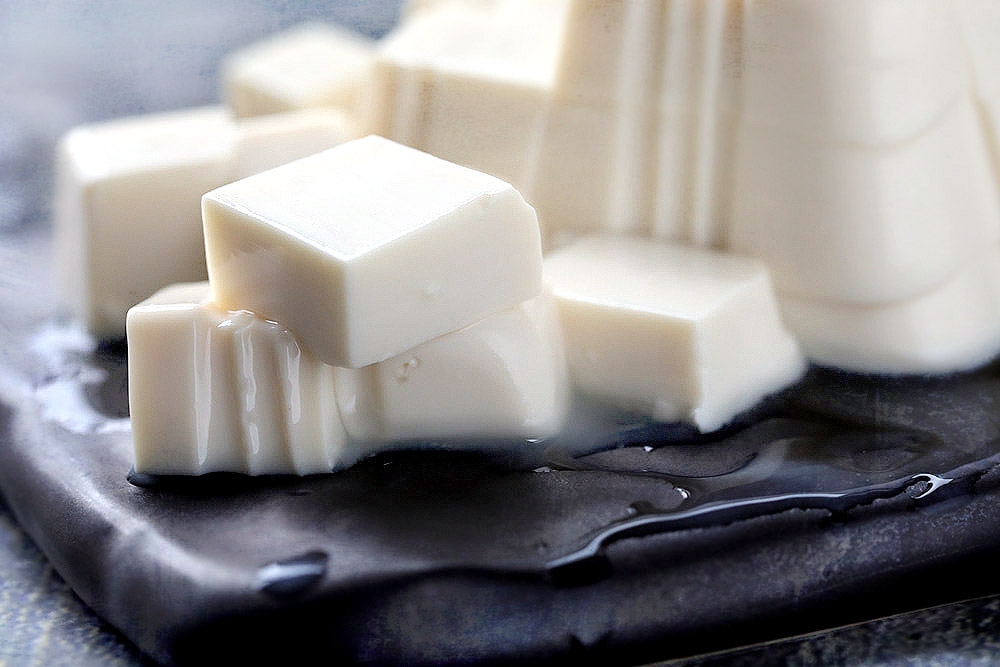
Organic soft tofu. — Picture by CK Lim
I had used gochujang before to heighten the spice levels of mapo tofu, a household favourite. That pairing works better than one might imagine, a meeting of Sichuan and Seoul, if you will.
But what about the tomatoes and garlic?
Given that these ingredients aren’t at their peak anymore, a surefire way to intensify their flavours is to roast them in the oven.
Now sweeter and more intensely rich, these roasted vegetables elevate our mapo tofu into a weekend meal worth celebrating!
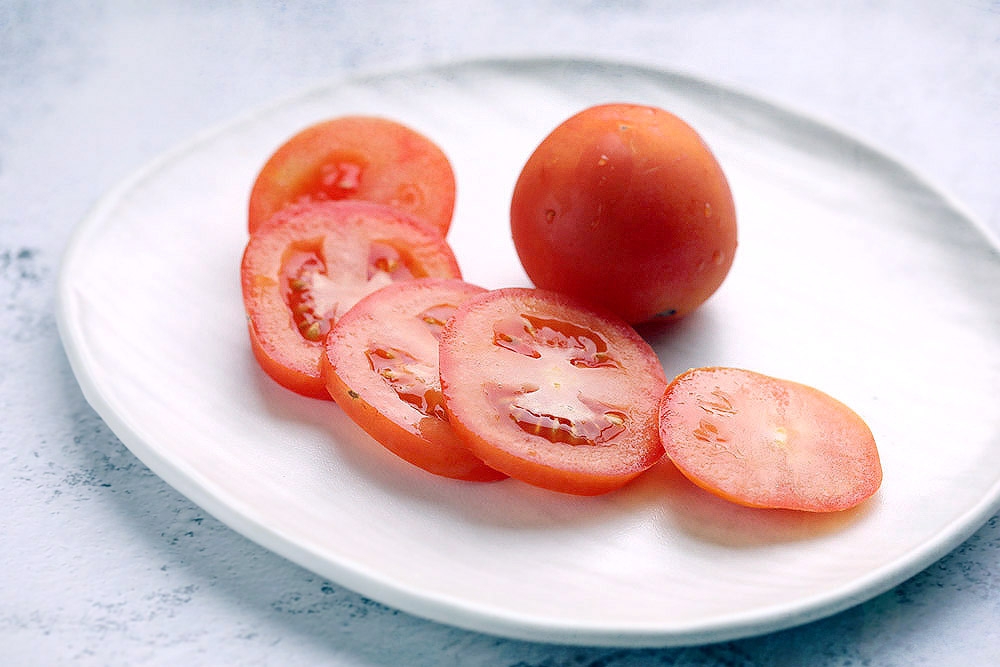
Fresh tomatoes, sliced into wedges. — Picture by CK Lim
GOCHUJANG MAPO TOFU WITH ROASTED TOMATOES & GARLIC
Always use soft tofu rather than the firm variety. My preference is organic soft tofu but the conventional type works too.
Why soft tofu? I find that its smooth, delicate texture plays well against the depth of the sauce and allows the flavours to come through clearly. That said, if you have medium or firm tofu to hand — use what you’ve got.
Mapo tofu traditionally gets its umami flavours from the use of doubanjiang, a type of hot and savoury fermented bean sauce key to much of Sichuan cuisine.
I find that adding Korean gochujang amps up the savoury and spicy notes, while adding a layer of sweetness.
Then we have our tomatoes and garlic. Roasting turns them from bright and brash to something altogether more mellow and complex. Under the dry heat of the oven, their moisture slowly evaporates, allowing the sugars to darken and deepen.
It is this slow, subtle transformation to something sweeter and jammier — brought on by time and heat — that adds a greater depth of flavour to our mapo tofu.
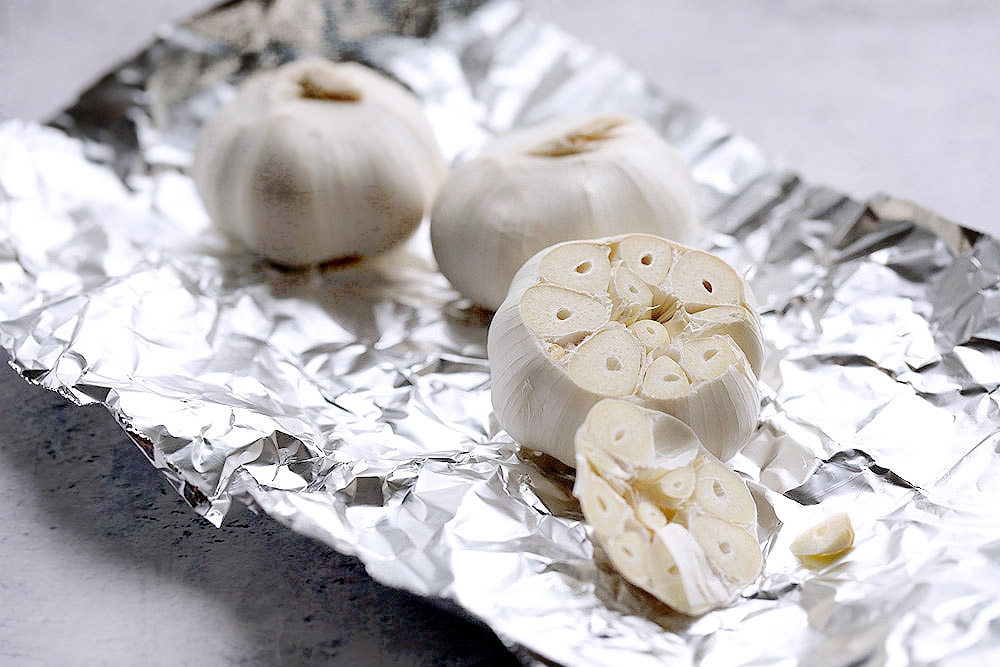
Use whole bulbs of garlic. — Picture by CK Lim
Ingredients
4–5 medium ripe tomatoes
2 whole garlic bulbs
2–3 tablespoons olive oil
Sea salt, to taste
Freshly ground black pepper, to taste
1 tablespoon vegetable oil
1 teaspoon fresh ginger, minced
3 shallots, finely diced
2 dried red chillies, chopped
100g ground pork
500g soft organic tofu
1 tablespoon doubanjiang (fermented bean sauce)
1 tablespoon gochujang
1 tablespoon oyster sauce
1 tablespoon light soy sauce
1 tablespoon dark soy sauce
1 teaspoon sugar
250ml chicken stock
1 tablespoon cornflour
2 tablespoons water
1 teaspoon sesame oil
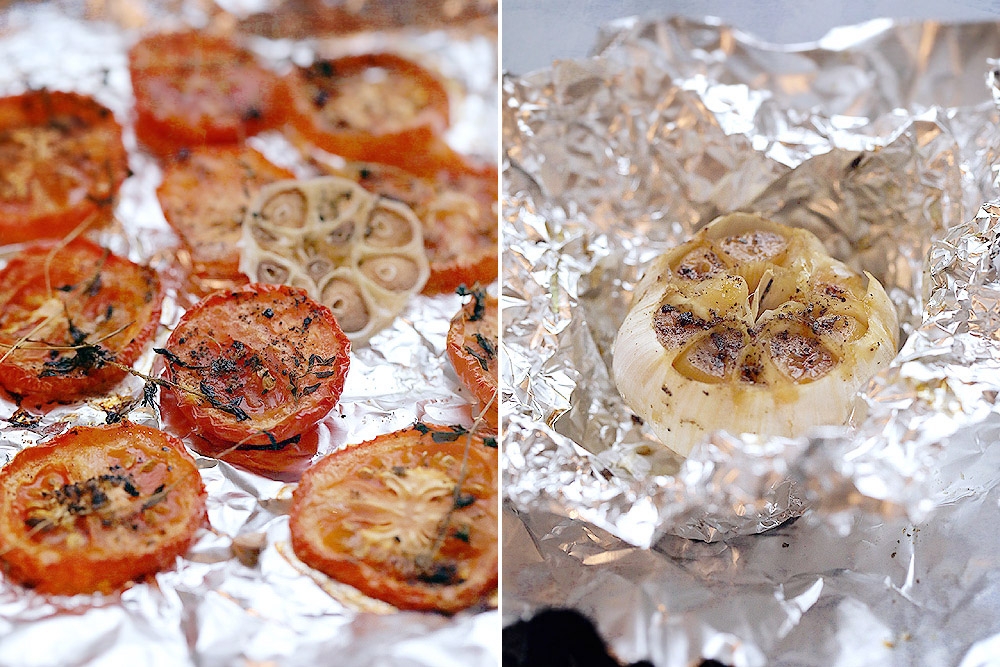
Roasted tomatoes and garlic. — Pictures by CK Lim
Method
Preheat the oven to 200°C.
Slice each tomato into thin wedges. Arrange them on a tray in a single layer. Drizzle over a little olive oil and season lightly with salt and black pepper.
Trim the top from each garlic bulb to expose the cloves. Set each bulb on a piece of foil. Drizzle with approximately a teaspoon of olive oil per bulb, allowing the oil to soak into the cloves. Lightly season. Wrap each bulb, keeping the cloves upright, and place on the tray with the tomatoes.
Transfer the tray to the oven. Roast for 40–50 minutes, until the tomatoes are softened and beginning to colour at the edges. The garlic should be golden and very soft when pressed.
Remove the tray from the oven. Let the garlic cool slightly before squeezing the soft cloves from their skins.
In a large pan or wok, heat the vegetable oil over medium-high heat. Add the minced ginger, diced shallots and dried red chillies. Stir-fry for about 30 seconds, until fragrant.
Add the ground pork. Season with a little salt and pepper. Continue stir-frying for around 2 minutes until the meat has browned lightly and begins to crisp at the edges.
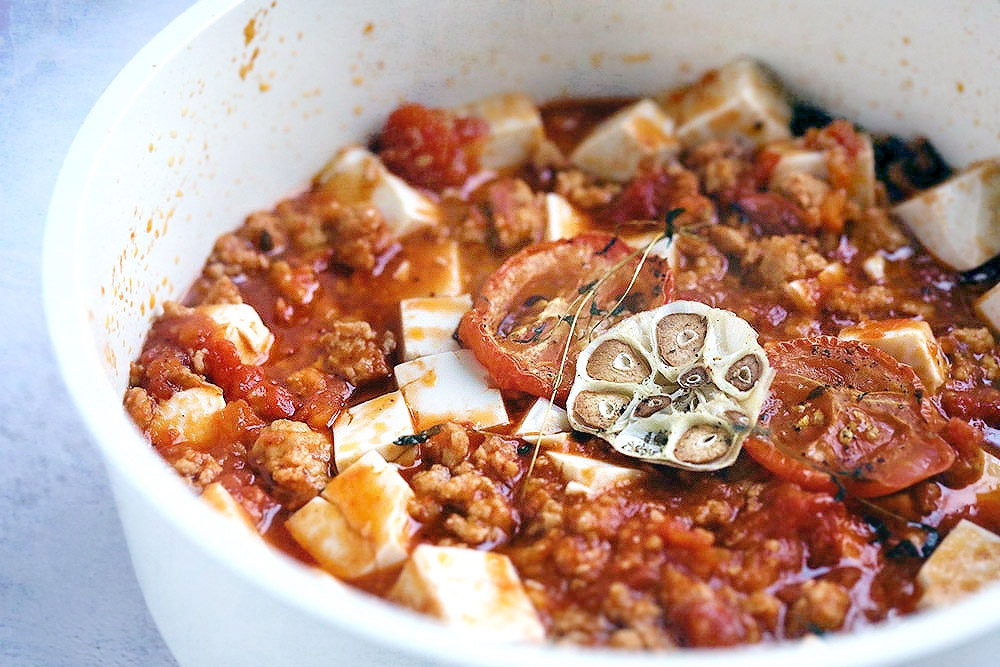
The roasted vegetables add a greater depth of flavour to the ‘mapo tofu’. — Picture by CK Lim
To the pan, add the roasted tomatoes and squeezed garlic. Stir in the doubanjiang, gochujang, oyster sauce, light soy sauce, dark soy sauce and sugar.
Pour in the chicken stock. Bring everything to a boil.
Lower the heat. Gently slide in the tofu cubes, stirring carefully to coat them in the sauce without breaking them apart.
Simmer for 3–4 minutes to allow the tofu to take on the flavour of the sauce.
In a small bowl, mix the cornflour with the water until smooth. Slowly stir this mixture into the pan. Continue to simmer for another 2 minutes until the sauce has thickened and turned glossy.
Drizzle in the sesame oil and remove from the heat. Serve hot, ideally with plain steamed rice.


